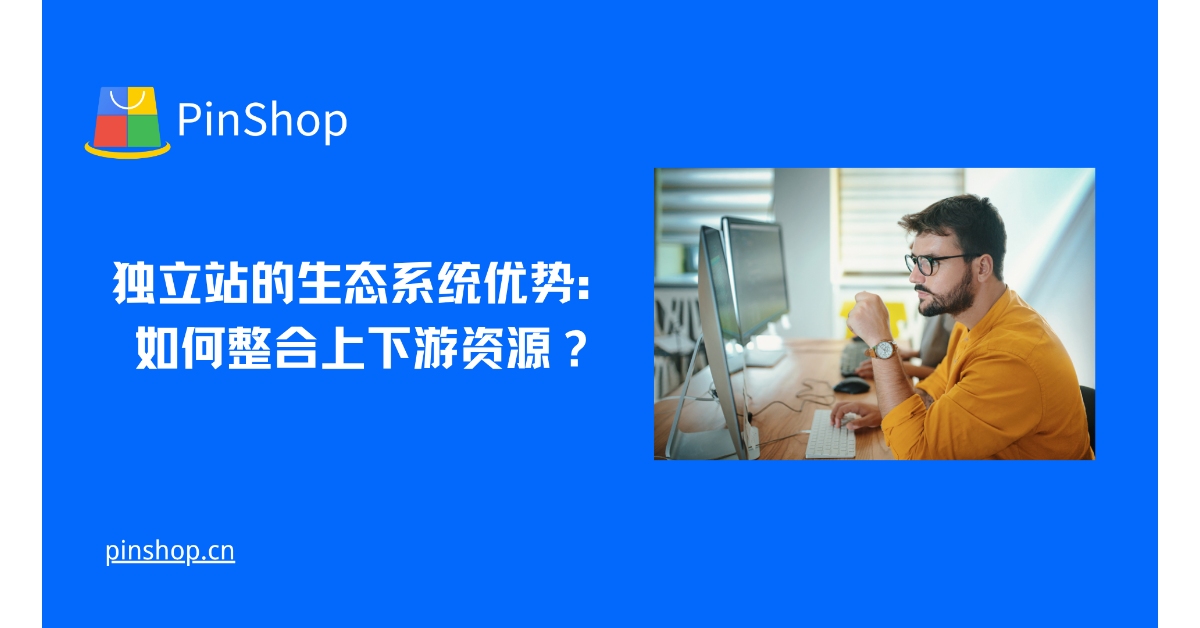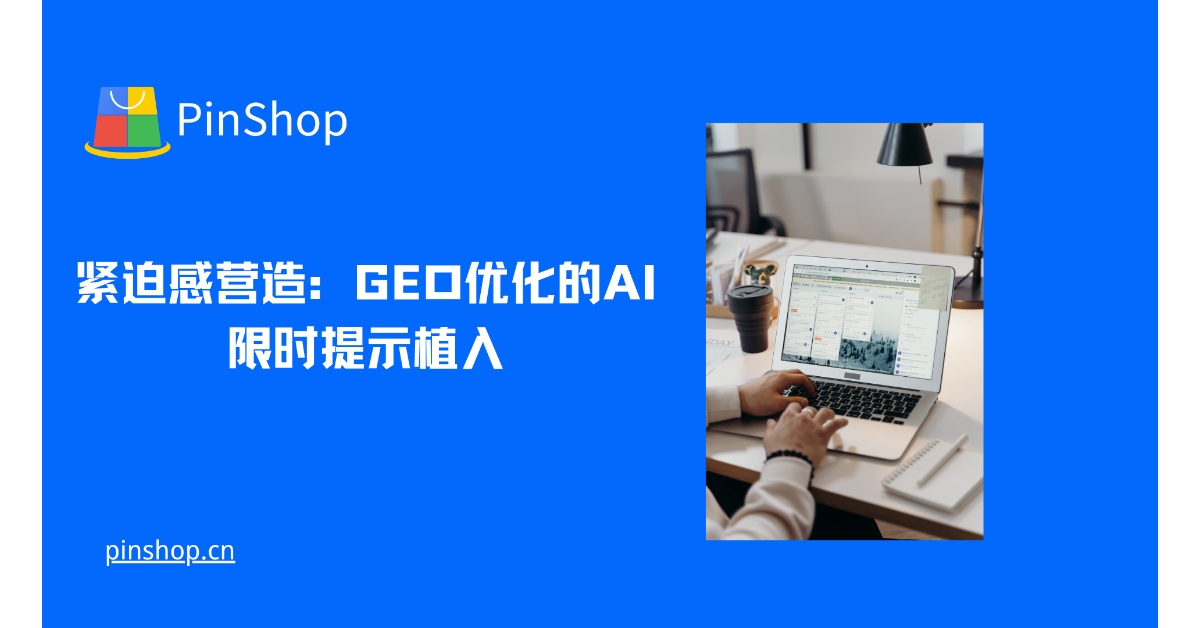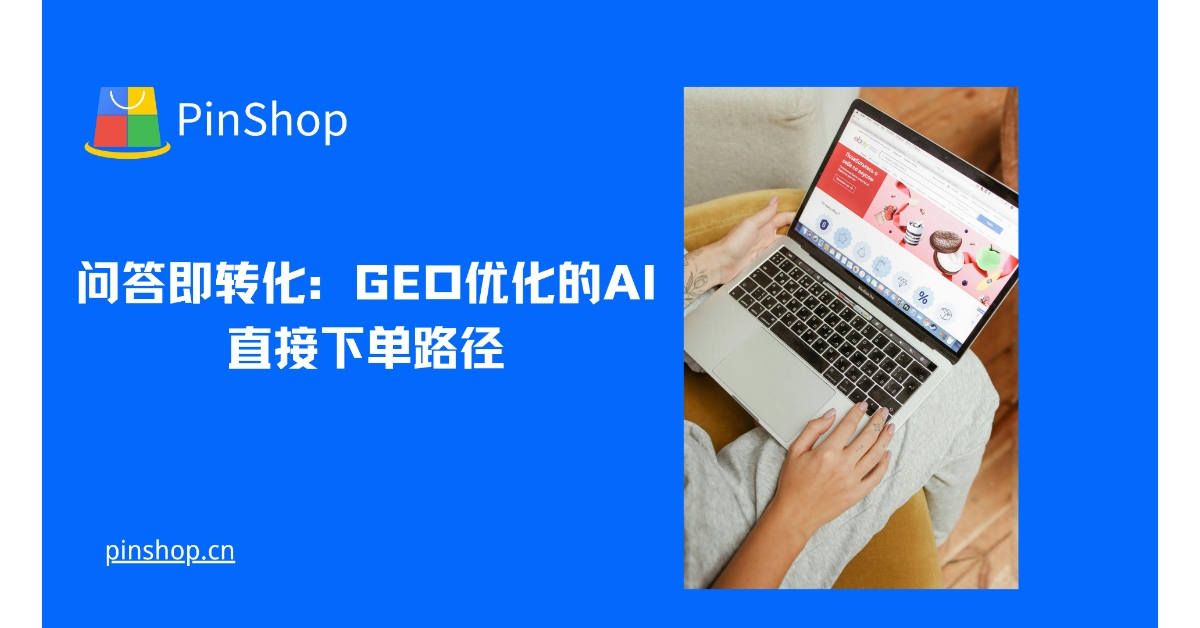Why does the product page determine “inquiry quality × conversion rate”?
On B2B international trade websites, product pages are both the endpoint of search intent matching and the starting point of sales conversations. To ensure that "view = conversation," product pages must simultaneously be accurately understood by search engines, quickly trusted by buyers, and efficiently loaded by browsers. These three key aspects correspond to structured data and semantic optimization, trustworthy design and content completeness, and core performance indicators (LCP/CLS/INP). For more information, refer to Google Search Central's Product Pages and Structured Data Guide .
1. Use “Search Intent → Page Module” as Information Architecture
Map high-frequency query intent to visible modules:
Core intent : Brand + Category + Key Parameters (used for Title/H1 and above-the-fold summary).
Comparative intent : highlights, comparison tables, and applicable scenarios (for H2/H3 and bullet points).
Transaction intention : price/MOQ/delivery time/certification/sample acquisition (for CTA adjacent areas).
Risk intent : Warranty/After-sales/Compliance (used in FAQ and qualification sections).
This allows search engines to directly grasp the semantic topic and reduces the number of bounces for buyers.
2. Title and meta information: clearly explain "what + why choose you" in one sentence
Title : Include "foreign trade website", "category words", and "differentiated selling points", and control it before pixel truncation.
Meta Description : Cover "specification highlights + application scenarios + CTA clues" to attract high-intent clicks.
Product subtitle/key points : Replace empty adjectives with 3–5 quantifiable indicators (e.g., power, material, certification).
3. Structured Data: Telling Machines Key Information
Add tags such as Product , Offer , Review/Rating , and FAQPage to your product pages (including SKU, brand, size, material, availability, ratings, and Q&A). For practical guidance, see Product structured data in Google Search Central , and for a vocabulary list, refer to Schema.org/Product . Proper tagging can improve the display of rich results and increase the efficiency of indexing long-tail keywords.
4. Content Depth: Let Procurement Get Decision-Making Materials in One Go
Technical Specifications : Parameters are tabulated and can be downloaded as PDF;
Application cases/industry adaptation : narrative with “problem → solution → result”;
Comparison table : horizontal comparison of own models/materials/processes to reduce selection costs;
Compliance and Certification : Display ISO/CE/ROHS certification thumbnails and numbers directly on product pages to build trust (the principle of "evidence in place" can be referenced in Nielsen Norman Group's credibility research ).

5. Media Strategy: Clear Images > Fancy Special Effects
First image : solid color/white background, 45° or normal viewing angle;
Detailed drawing : functional points + dimension marking;
Scenario diagram/video/3D : showing the installation environment or interaction principle;
Compression and lazy loading : Use WebP/AVIF and prioritize loading key images on the first screen to ensure LCP stability (the indicator threshold is based on Google Search Central Core Web Vitals ).
6. Forms and CTA: Lowering the threshold for inquiries
CTA proximity principle : Place "Get a quote/Download specifications/Request a sample" after each key paragraph;
Light Inquiry : ≤5 fields, supports business card upload and WhatsApp/email direct access;
Make a clear commitment : inform the response time, contact person, and subsequent process. For more information on low-friction forms and checkout usability, please refer to Baymard Institute research .
7. Internal Linking and Aggregation: Closing the “Product → Solution → Case” Loop
Use anchor text to link to related solutions/industry pages/knowledge bases within the product page;
BreadcrumbListmarks the category relationship;The product series page (Collection) takes on general word traffic, and the product page takes on model words and long-tail words.
8. Internationalization and Multilingualism: hreflang and local keywords
Set
hreflangfor each language version and use localized word lists instead of direct translations;Comply with local customs in details such as prices, weights and measures, and license and certificate naming to increase inquiry response rates.
9. Data Validation: Iterate with Evidence, Not Feeling
Track first screen clicks, spec sheet downloads, CTA clicks, and form completion rates ;
Conduct A/B testing on titles, key points above the fold, CTA copy, and media mix;
Use on-site search to return topics and continuously produce long-tail content related to "foreign trade websites".
CTA | Use Pinshop to implement your entire strategy at once
Pinshop, built on React and Next.js , offers native support for multiple languages and hreflang , structured data templates for Product/FAQ , automated keyword and content generation , site-wide CDN and image script optimization, and built-in form and CTA hotspot analysis . Elevate your product pages from "just good" to "convertible." Book a demo and receive a dedicated product page SEO optimization checklist.

【Extended Reading】
Foreign trade website user conversion path optimization method






